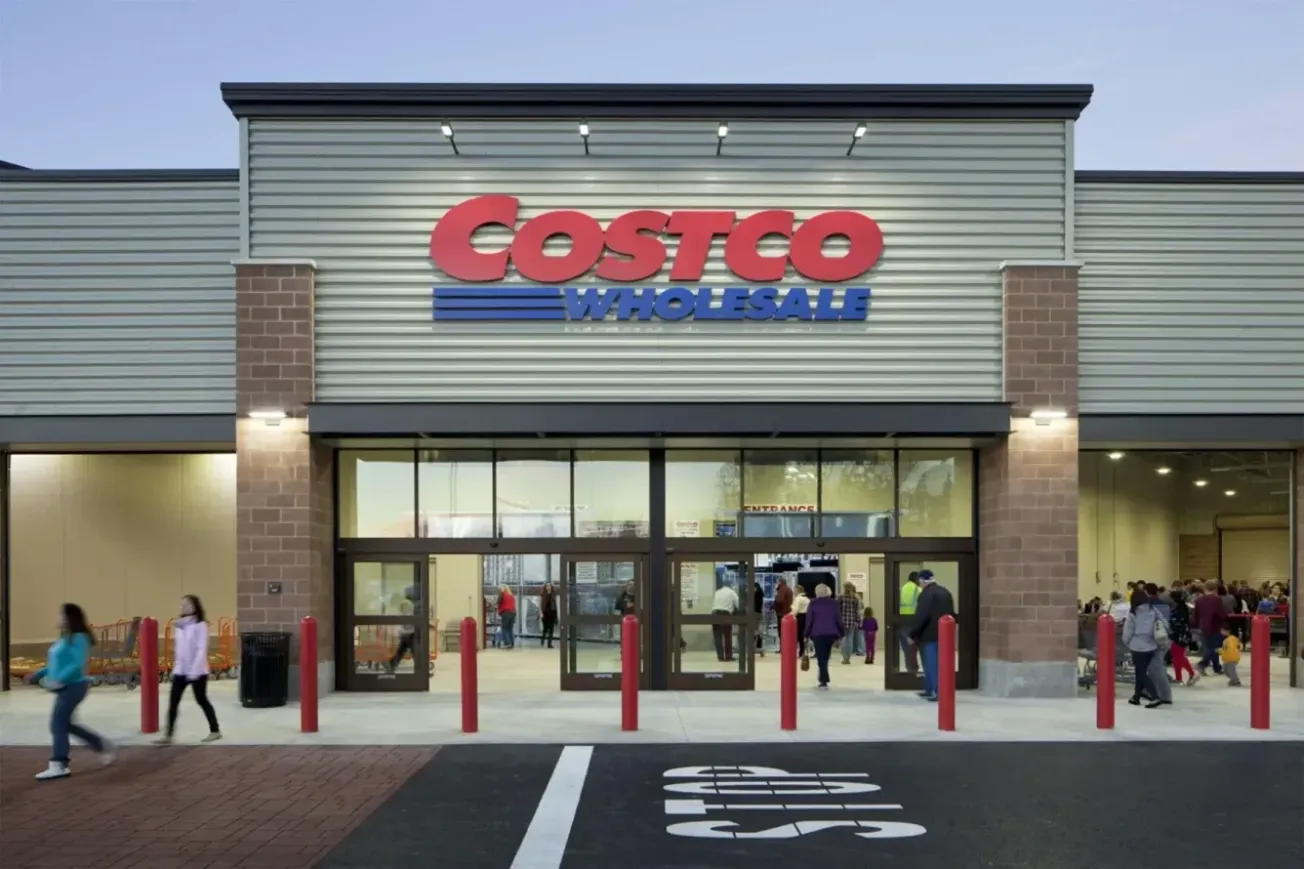The retailer to watch in 2015 is the new Albertsons-Safeway organization, the combination recently assembled from parts of the Safeway and Albertsons grocery retailers.
The retailer to watch in 2015 is the new Albertsons-Safeway organization, the combination recently assembled from parts of the Safeway and Albertsons grocery retailers.
Many reasons lie behind this assessment, most notably the fact that few industry people know about this recent merger — and fewer still understand how it might impact the mass retail community.
To start at the beginning, the new organization is headed by some very capable retailers, foremost among them Bob Miller, the fabled retail executive who has, in his time, played decisive roles at Fred Meyer, Albertsons, Rite Aid and, most recently, that segment of the Albertsons grocery retailer other acquirers chose to ignore. Miller grew up in grocery retailing and, along the way, learned the chain drug store business at Rite Aid, the retailer he led to recovery after most other industry people had dismissed the Camp Hill, Pa.-based drug chain as too troubled to resurrect.
Miller, as much as any executive at Rite Aid, was instrumental in the drug chain’s recovery, using his knowledge, the force of his personality and convictions, and his reputation as a brilliant retailer to convince Rite Aid’s many constituencies to show patience, understanding and still more patience as the drug chain struggled to regain its footing.
Behind Miller are many executives who have built their reputations in the grocery industry, and who have already competed effectively against those same grocery retailers Albertsons-Safeway will now challenge once again.
Beyond the personnel issues, Albertsons-Safeway owns a formidable physical structure. Specifically, the retailer operates 2,230 supermarkets in 34 states plus Washington, D.C. Those states include some of the largest grocery markets in the nation.
More significantly, Albertsons-Safeway is a market leader in several of those states. Where it is not, it often occupies a strong No. 2 position. As such, it is equipped to challenge for market leadership, often against grocery retailers that are not as strong as they once were.
The biggest unknown here is exactly how Albertsons-Safeway plans to attack its competition. That’s because the retailer isn’t yet saying. But as initially structured, it appears certain that the new company will be largely decentralized, running individual businesses in individual markets.
Where both Albertsons and Safeway operate stores in specific markets, the initial logic indicates that the stores will ultimately bear the logo of the retailer that is strongest in each market. Where Safeway is the stronger entity, all stores will become Safeway stores. Where Albertsons is the leader, that logo will prevail.
Beyond that, it is evident that many of the Albertsons-Safeway stores will require some kind of makeover. Some stores are old; others have been neglected. Still others will likely be closed. But that’s the job of any retailer, and the Albertsons-Safeway management team will only be doing what should have been done a while ago.
Further, the new retailer will certainly begin opening new stores, another step that should have been undertaken in a previous life. If the knowledge and experience of the retailer’s top managers is any indication, these new units will incorporate the newest advances grocery retailing has to offer. For if these managers have proven one thing over their careers, it is that they know how to operate grocery stores.
Putting that knowledge and experience into practice, they will surely open new stores that are the equal of anything the market has to offer.
Finally, Albertsons-Safeway enters an industry with more than its share of issues. Longtime leaders are faltering, while relative newcomers are winning customers by simplifying the quality-assortment-cost-service equation. European retailers have gained sales and shoppers at the expense of traditional U.S. grocery retailers once believed invincible. And non-grocery retailers are gaining sales in what were once viewed as exclusively grocery categories.
To conclude, this is the perfect time for a new retailer to enter the grocery business, especially if that retailer possesses the executive talent, the experience and the history that Albertsons-Safeway brings to the market. Time will tell if the results justify the confidence. But that time won’t be long in coming.





